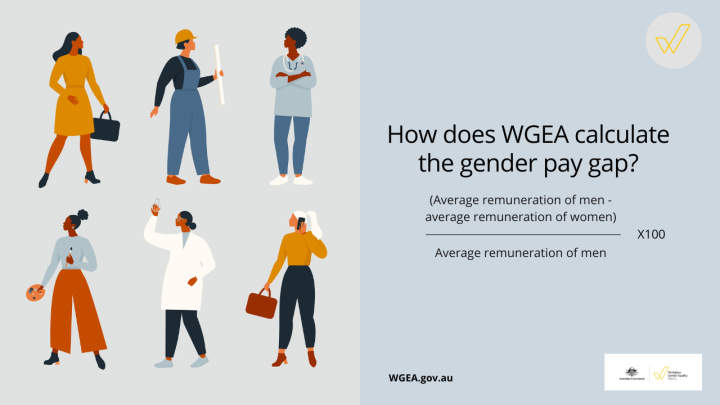The term “gender pay gap” has not exactly been shooting the lights out, according to Google, but could WGEA’s pay transparency campaign be the approach that changes all that?
Mary Wooldridge, head of Australian government group Workplace Gender Equality Agency (WGEA), has been leading an historic push to make gender pay gap transparency a topic that goes beyond female altruism and uses social awareness to compel a largely male-led business landscape into progressive action.
“The objective of publishing gender pay gaps is for employers to have an extra incentive, in terms of having a plan, taking action and improving their gender equality,”
Ms Wooldridge said.
On February 27 this year, WGEA took the highly anticipated step of publishing the gender pay gaps of nearly 5000 private companies with 100 or more employees.
These companies have had nearly 12 months to spruce up their gender pay gap efforts following amendments to the Gender Equality Act. That includes media employers; the gender pay gap is a key concern for Women in Media members, with 85% calling for gender pay gap audits, according to the 2023 Industry Insight Report.
To help fuel interest in what has been revealed about the gender pay gap, and to grow public engagement with WGEA’s Data Explorer website, media coverage is paramount.
The publication of employer gender pay gaps in late February brought significant media attention and made the issue front page news.
It also highlighted excuses companies gave for the gender pay gap, including paying men more overtime, and having a shortage of women within workplaces.
We also saw underperforming companies pledge to act, which helped shift the overall conversation from ‘what is the gender pay gap’? to ‘what are companies doing about it’?
“The media is absolutely critical because of the scrutiny that follows and the public accountability that’s associated with it,” Ms Wooldridge said.
“We certainly hope that’s the catalyst for continued action internally, to improve the experience of employees on a day-to-day basis,” she said.
Companies within industries that typically paid high overtime, allowances and bonuses, for example construction and financial services, had the biggest gender pay gaps.
The justification, which for some was contained in supplementary employer statements attached to their data, was that the results were partly driven by men being more likely to be able to hold the roles that attracted those payments.
Standout laggards highlighted included Morgan Stanley, with total media pay for men 48.2% higher than for women, while the gap was 42.7% at UBS; 42.5% at Barrenjoey; and 41.8% at Bank of America.

Image Source: WGEA
Publication of the data is part of a long-term plan, necessary because the outlook for gender equality isn’t great.
Economic equality scorecard, the Financy Women’s Index, estimates our best case scenario for achieving workplace gender equality in Australia is sitting around 27 years.
WGEA’s gender pay gap transparency push was inspired by the UK Government’s Equalities Office UK program, which has for many years been unashamedly motivating companies to salary report or be named and shamed on their gender pay gaps.
The UK’s approach to salary reporting has helped ensure 100% compliance in its first two years of program implementation and is credited with stimulating public debate on the gender pay gap.
As it stands, WGEA has a 7% non-compliance rate on gender pay gap reporting according to a 2024 gender pay gap report by the Organisation for Economic Co-operation and Development.
Despite this Wooldridge – a former Liberal government minister – has perceptively reframed the media narrative away from being a witch hunt, to encouraging media to inspire action and drive positive change.
The tactic is strategically important for Wooldridge, as she balances the need to peak and grow public awareness, allay employer fears about providing the Agency with sensitive data and ultimately improve gender equality in the workforce.
As it stands, the term, “gender pay gap”, attracts 1-10,000 average monthly Google Planner searches in Australia, compared to “job search” at 100,000 plus. The hope is that by increasing public interest, the two might one day go hand in hand for anyone – but women in particular – researching their next career move.
-
- This article was originally commissioned and published by Women in Media. Read the original here.
Picture at top: Mary Wooldridge, CEO of the Workplace Gender Equality Agency (WGEA).
Bianca Hartge-Hazelman is the CEO at Financy, a media and tech company that helps organisations take action on addressing economic inequalities within the workplace, supply chains and in society. Bianca is also an entrepreneur and financial journalist who has had a longstanding career covering Australia's financial markets, business activities and economics.





